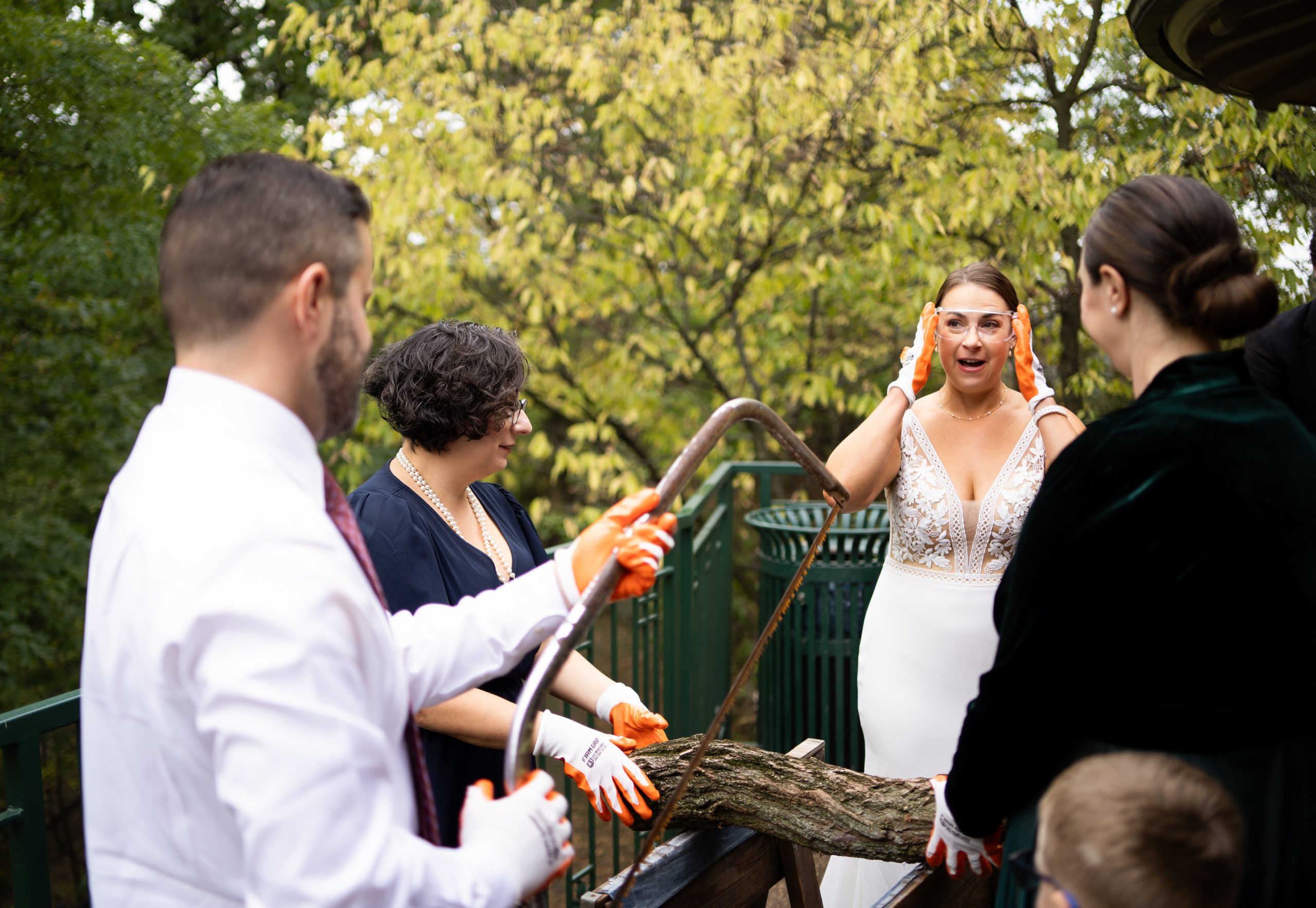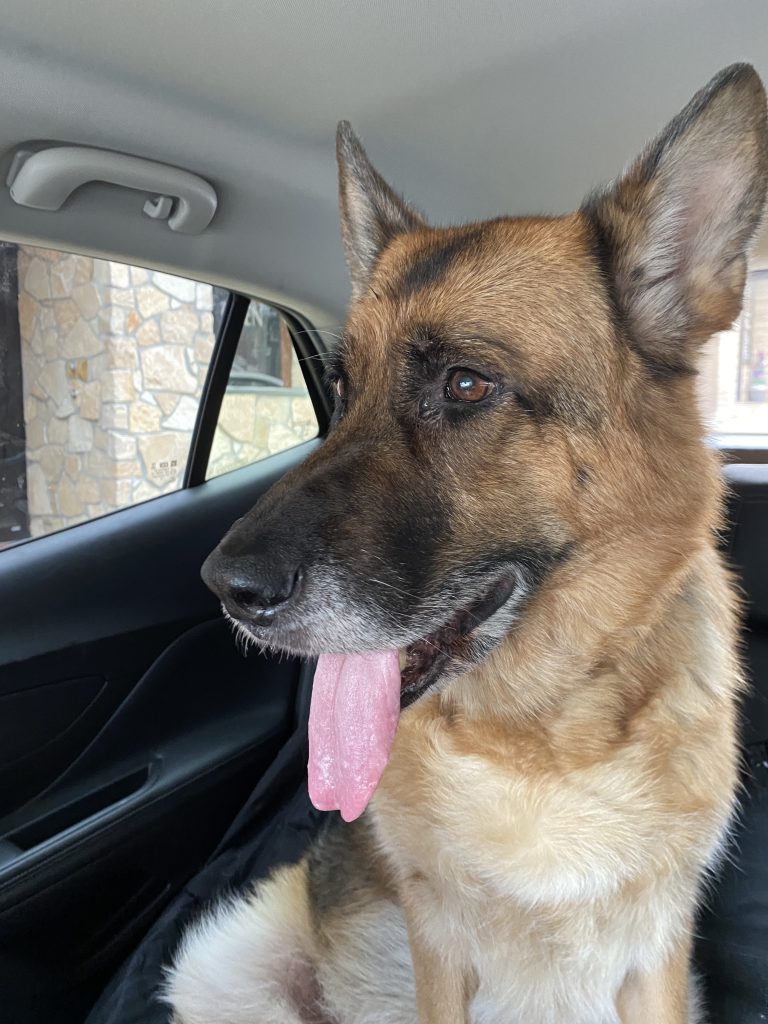I believe that the world is comprised of cat people and non-cat people. I am a cat person. I have been for as long as I can remember. By age seven, I could have become a serious cat hoarder (kitten hoarder, specifically), had I had the autonomy to do so. My love for animals doesn’t apply exclusively to cats. It’s for frogs, salamanders, dogs, rabbits, horses, goldfish. Ducklings. Backyard chickens. I had a pet hermit crab at one point, and in high school, a guinea pig.
But even if I shared a house with a cat or two, I never felt that was quite enough. There were many I couldn’t take home (or worse, had to give back) during my formative years. I’m not sure I’m quite over that. So this past winter, I signed up to be a foster caregiver through one of Pittsburgh’s amazing animal shelters, Humane Animal Rescue of Pittsburgh. A few months later, kitten season started.
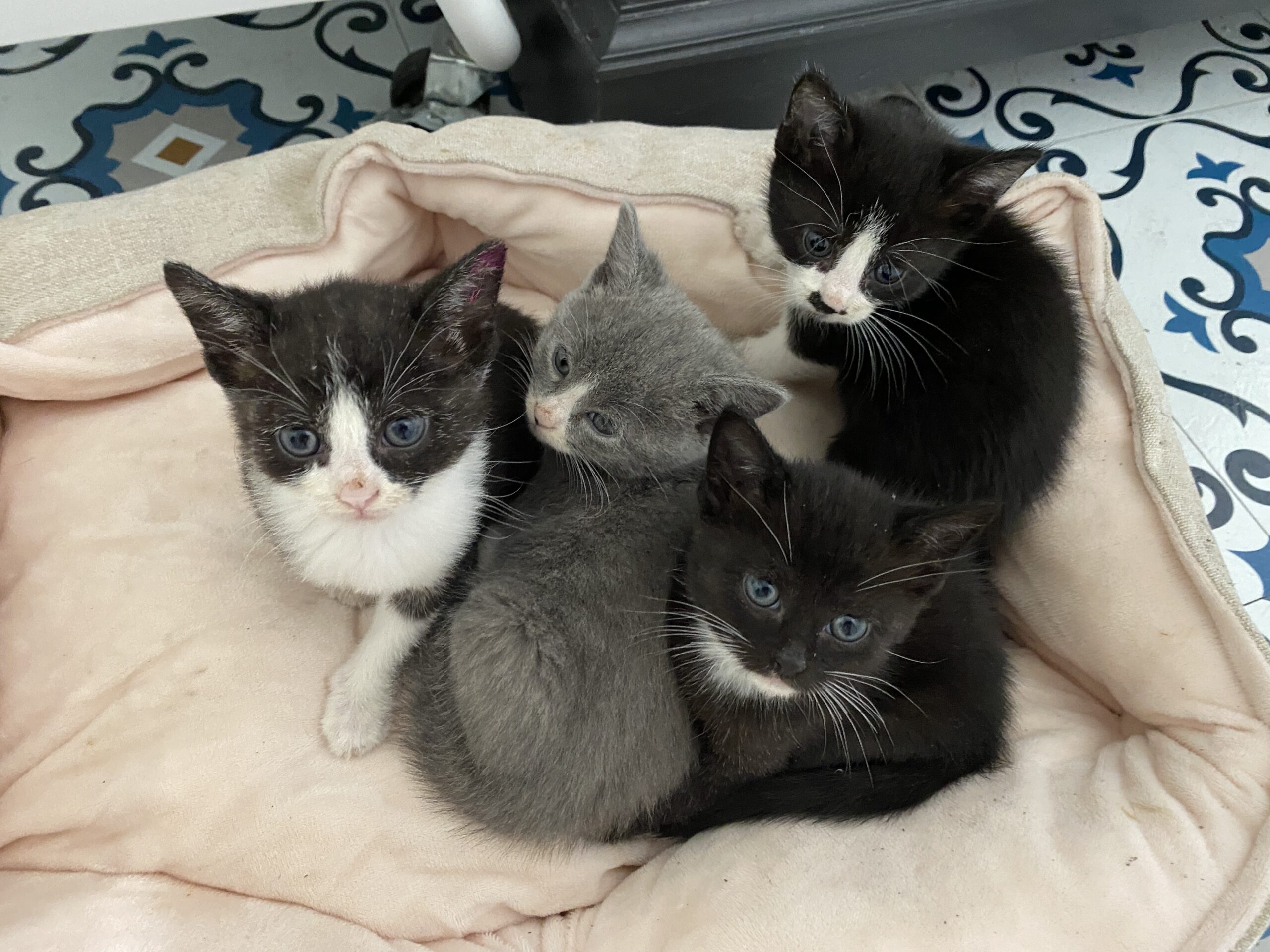
When the opportunity to foster four kittens from the same litter arose, I took it. Perhaps this was retribution of sorts, a leveling out of all the no’s of my earlier life. (I imagined my 8-year-old self shaking her fists while declaring, “Oh, I can’t have one kitten? Fine, I’ll take home a litter. Try to stop me!) Or perhaps, after having lost two beloved pets, Rosie in January and Hendrix in February, I was seeking a different kind of animal bond. Companionship with animals that were young and healthy, with their whole lives ahead of them.
One warm April afternoon, I triumphantly bundled my new charges home. Inside, I showed them the space I’d set up, complete with litterbox, bed, bowls, toys. They quietly emerged from their carrier and began exploring. I sat and watched, amazed by their courage and curiosity. Even then, they showed glimpses of distinct personalities. Two came out right away, one a moment after. The last to appear took his time, but once he was out, he was fearless.
That’s when I found out exactly the amount of chaos I’d signed up for. It was equal parts cute and crazy. Yes, I had had cats and yes, I did have experience with raising kittens. I felt reasonably well-prepared.
But that was one kitten at a time. This was four kittens. All at once.
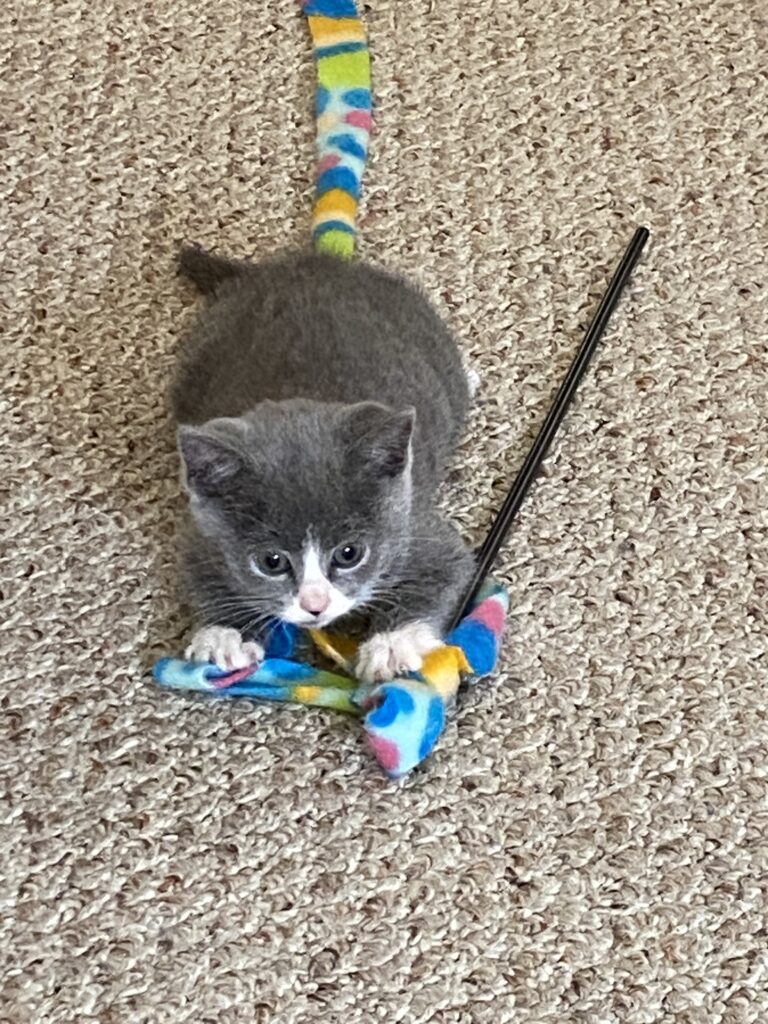
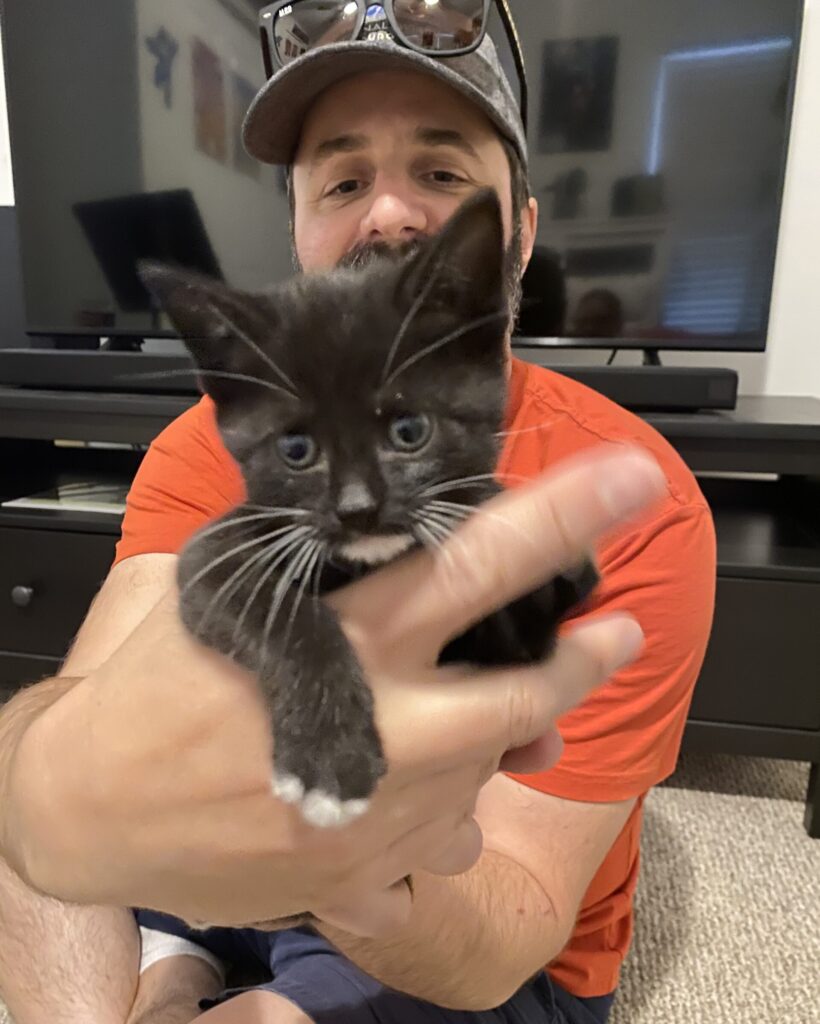
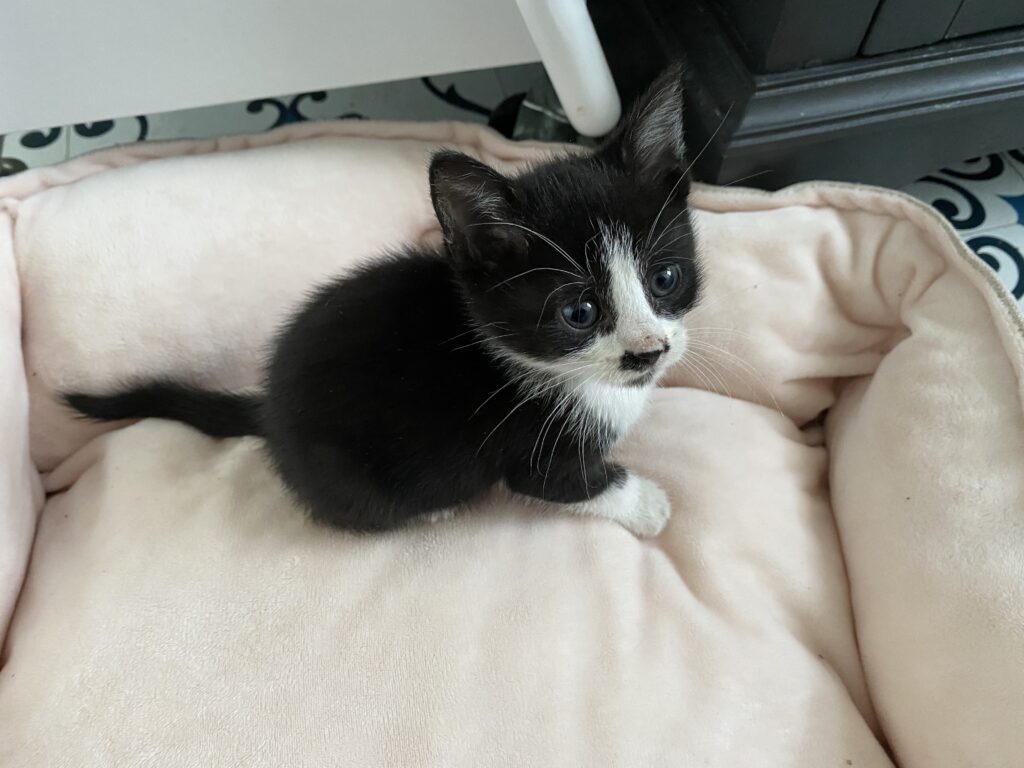
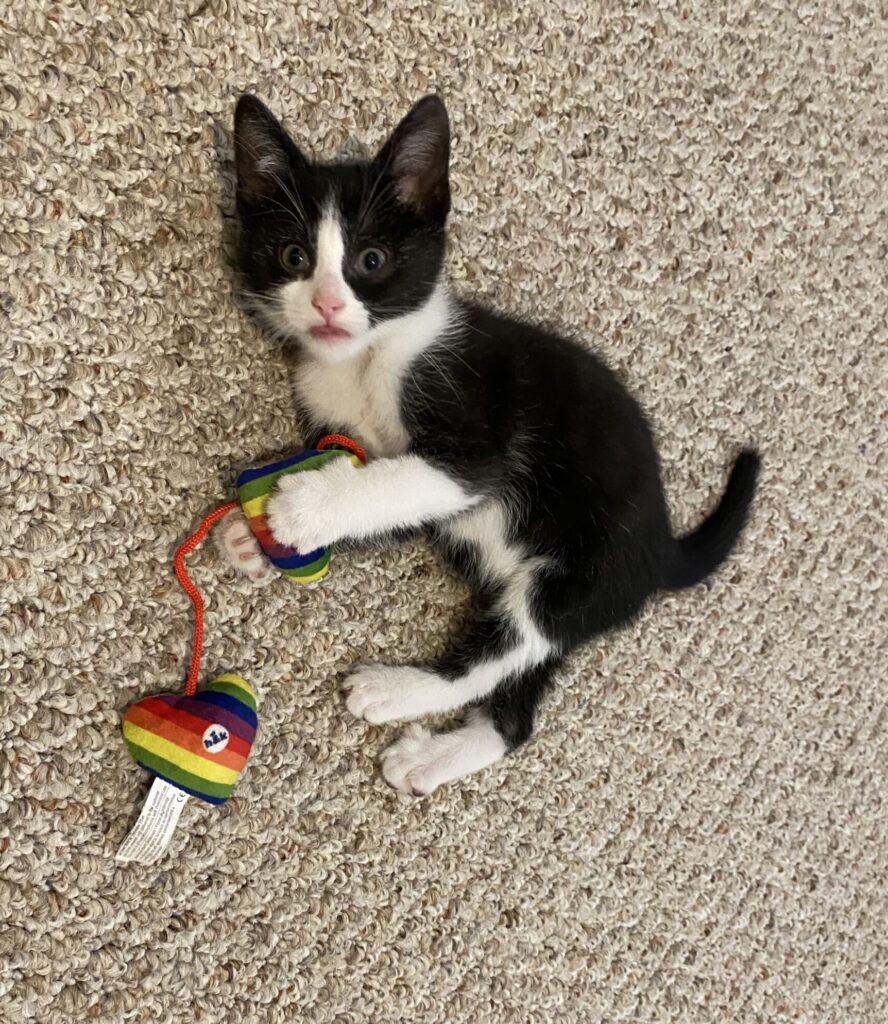
Three things became very clear very quickly.
1) Kittens are Messy
At just 5 weeks old, everyone was still getting accustomed to using a litterbox. And consequently, only mildly successful of burying their pee and poo. Often, it got stuck on their feet and found its way onto the floor, their bedding, their toys. I bought massive quantities of Lysol and cleaning wipes. I resigned myself to taking the cute fluffy bed I’d purchased out of rotation and using towels that could be more easily cleaned. As for the floor – well, lets just say I became intimately involved in its upkeep.
They weren’t much better with their food. At first, the kittens were so small they could actually walk through their feeding dishes and sometime get into the dishes themselves. Ever wondered what happens with a hungry little cat encounters an enticing pile of wet kitten food? It gets everywhere. Including on them.
2) Kittens are Needy
They are also loud. Most days began with the kittens hurling themselves en masse at my ankles while screaming like tiny ringwraiths. As they got older, they became adept at climbing my pants, or even my bathrobe. Their demands could be about food (mostly it was food), but sometimes it was play or attention they wanted.
The kittens also needed frequent weight checks to ensure they were healthy and growing appropriately. In fact, I took them to the post office for their first weight check because I didn’t own a scale small enough. (The clerk rolled with it, and I like to think the other customers found it entertaining.)
Don’t get me wrong: kittens are very fun to play with and care for. But my little dudes and dudettes had an average attention span of 1.8 seconds. Each toy would be played with in spurts of intense interest. Then they would be off to the next thing: chasing each other, wresting, playing with a different toy, climbing up to my shoulder. Repeat 20 times in 18 minutes.
Furthermore, retracting claws wasn’t a skill my brood had mastered yet. My legs looked like I’d rolled downhill through a blackberry patch, and my hands weren’t much better. However, the kittens were amazingly gentle with two kiddos who visited. It was if they sensed that they couldn’t interact with a toddler at the same intensity as an adult.
3) Kittens are Delightful
Literally, I watched the siblings change before my eyes and their personalities manifest. Colin, one of the tuxedos, was the first to climb into my lap and he remained one of the sweetest and most affectionate of the bunch with an irresistible purr. Eloise, the other tuxedo, had an incredible aptitude for speed (and escapes). Even though she was the smallest, she had no reservations whatsoever about attacking her larger siblings and looked adorable doing it. Benedict delighted in stealth attacks on the others and was the first to become really interested in toys – particularly those he could hunt. Daphne showed up fearless on day one and continued so for the duration of her visit. Boss lady energy was all over that girl.
Week by week they grew. Each of the kittens became stronger, faster, more independent. Seeing their rapid development was astonishing. My husband enjoyed them as well. We had multiple daily play sessions with the kittens and since Peter works mainly from home, sometimes he had one or more roaming around his office.
The only one who wasn’t happy was our resident cat, Abby. I wish I could have explained to her in a way that she could understand that these little ones were young and needed our help, and that they wouldn’t be living in the house permanently. (Although, admittedly, I secretly thought about having one or two stay.) She remained nonplussed. Calming treats, extra attention, special food, and a pheromone diffuser did not alter her view.
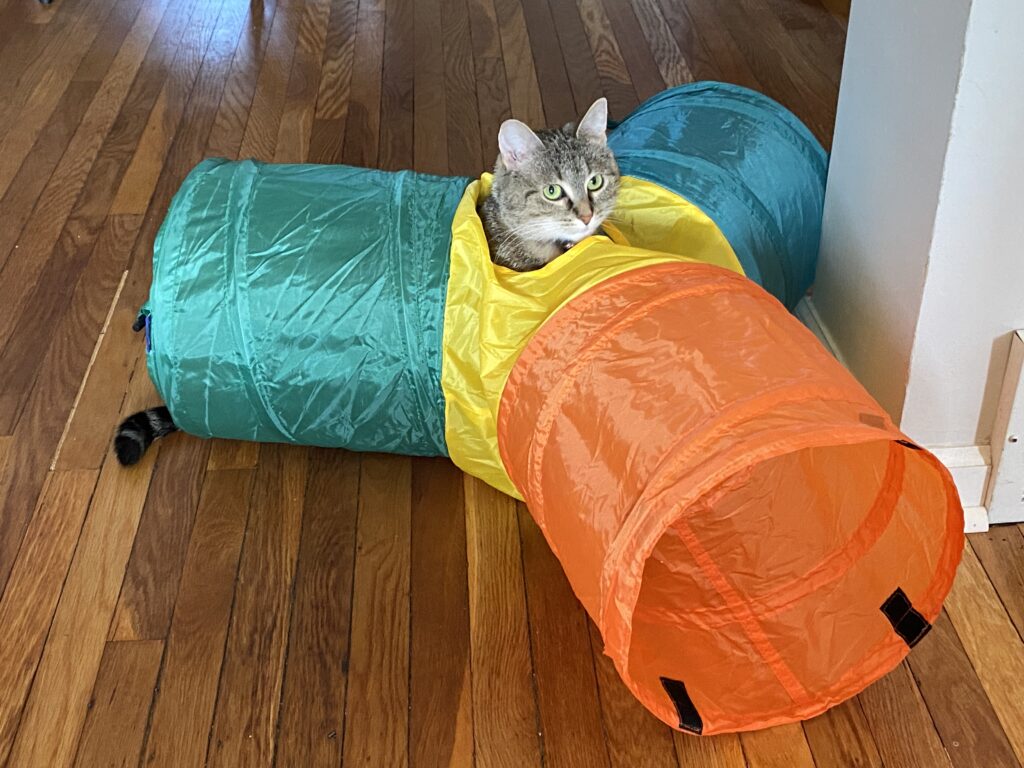
After three and a half weeks in my care, the kittens were big enough to find their forever homes. The morning I placed them back in their carrier was bittersweet. They were wonderful cats and deserved live with a permanent family. But it always hard to say goodbye to something precious.
I took my time driving to the shelter. The staff was kind enough to allow me to help set them up in their new space, and I felt comforted being able to stay with them a little longer. Then with a few final pets, I said goodbye.
I was sad, but not too sad. It was a gift to have them in my home for the time I did. It was a gift to see animals at the start of their lives instead of at its end. My heart was grateful that I would not witness their deaths, but instead feel I’d done something to help this rambunctious bunch grow and thrive. Who wouldn’t feel happiness at that?
And so the chapter closed on my first experience as a kitten foster. All was well.
Except for one thing: Abby is still upset.
P.S. All of the kittens were adopted within 2 days of their return to the shelter!

